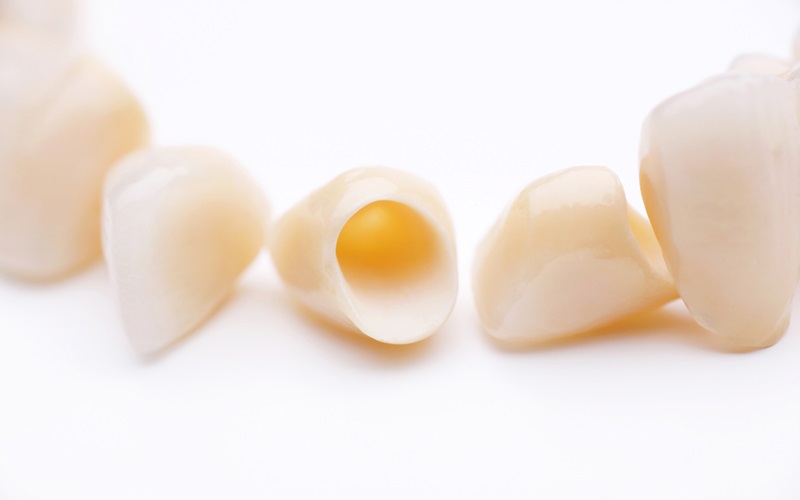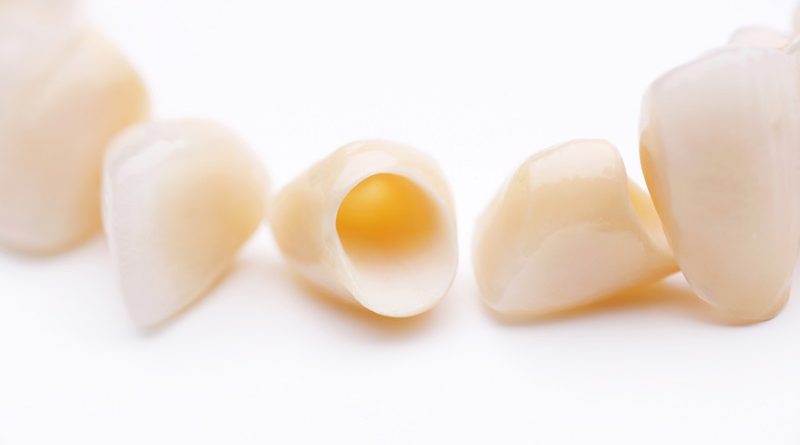What kind of crown is best for your teeth?
Dentistry can often involve having to make decisions in the doctor’s office. Here’s all you need to know about the different types of crowns can be offered to you.
A crown or cap is artificial tooth structure that is used to cover the tooth after completion of a root canal or restoration of a fractured tooth. These crowns can be placed individually or interconnected in multiple adjacent teeth. If a missing tooth is replaced having the support of adjacent teeth, then the restoration is known as a “bridge”.
When a doctor is talking about crowns and bridges in any situation, there are always many options offered to the patient. These options tend to vary in the type of materials used, manufacturing technique, strength and even the amount of time that is expected to last.
What are the best crown for your tooth? More expensive always mean better? The answer to these questions actually varies depending on various clinical situations, but there are three main types of crowns that patients need to know about.

Stainless steel crowns
These crowns are used primarily for children who need a pulpectomy (similar to an ECA) for their teeth. They are also used for restoration in adults, where space is limited or when the cheapest option needs to be considered.
These crowns are among the first types of crowns that were made and still work quite well in certain situations. Almost they never used on teeth that are visible when smiling or talking, because of aesthetic reasons.
This type of crown is still a good choice, and is widely used in developing countries where people do not have too much income available to spend on your teeth.
Porcelain crowns with molten metal
This is the most popular type of crown that is used worldwide. The basic idea here is the layer of a stainless steel frame with porcelain so that the “new tooth” can match the color of the surrounding teeth.
There are certain advantages and disadvantages of these crowns. The biggest advantage is that they are much more aesthetic and “real” compared to metal crowns. They can be shaded and stained to give a very realistic effect.
The disadvantage of this type of crown is that they require a greater amount of space in the mouth. The additional layer of porcelain requires a lot of tooth structure can be removed to create space.
Furthermore, because these crowns are actually two layers bonded together, there is a possibility that a layer of porcelain is broken during normal use. This leaves the damaged area with an ugly metal point crown, although it must be remembered that the crown can still be used if the underlying metal structure is intact.
These crowns can be used in the front of the mouth, where it is necessary that the crowns are as realistic as possible, however, they have now been relegated to the back of the mouth because of the better options.
You may also like to read another article on MenHealthCare: What are porcelain veneers?
The best crown for your teeth
Free metal crowns
These crowns are also referred to as metal-ceramic crowns and are considered a good choice for most situations.
These crowns have no metal inside and are made entirely of porcelain. Its manufacture is generally performed using CAD-CAM machines that cut the crown of a single block of material using lasers.
This method means no joints or layers to the crown, so no potential weaknesses in the crown. You can also make these extremely realistic crowns, much more than is possible with molten porcelain.
Our natural teeth have a layer of transparency for which it is impossible to reproduce in the older type of crowns. The more aesthetic crowns type used in front of the mouth are able to replicate this and can be extremely difficult to distinguish from their natural counterparts.
There was a tendency initially to use these crowns only in the frontal region of the mouth, but now advances in materials have shown that free metal crowns are stronger than traditional crowns and should be used on the back of the mouth, so, where biting pressure is much higher.
These crowns are the most expensive and even come with manufacturer warranties for a long period of time, so that in case of breakage of the crown, will be replaced free of charge. These crowns also require more space in your mouth.
So free metal crowns are the best choice in all situations?
While it may seem that free metal crowns are the best in all situations (and often are), it is not necessary for patients to obtain this type of crowns forever. The doctor will assess the type of occlusion that the patient presents.
If space is less than optimal, then it is not wise to think about metal-free options. In addition, for people who are struggling to put enough force bite due to age or other factors, metal free crowns are overkill. It’s like putting racing fuel in a Honda Civic.
Metal crowns are often ridiculed by the fact that they are not aesthetic, but for purely functional purposes, they perform their task of protecting the tooth under this quite well.
Conclusion
Dentistry has advanced an untold amount in recent decades. Doctors have better options available than ever.
With respect to the crowns, the method for manufacturing metal free crowns, its unibody construction, and excellent aesthetic means you will not go wrong with this option. If your doctor the opportunity and you can afford it, then fence for it.
Also, remember that just because something good is available on the market, everything else becomes bad. This is true for any type of crowns, where you go for, you will end up protecting their teeth.




